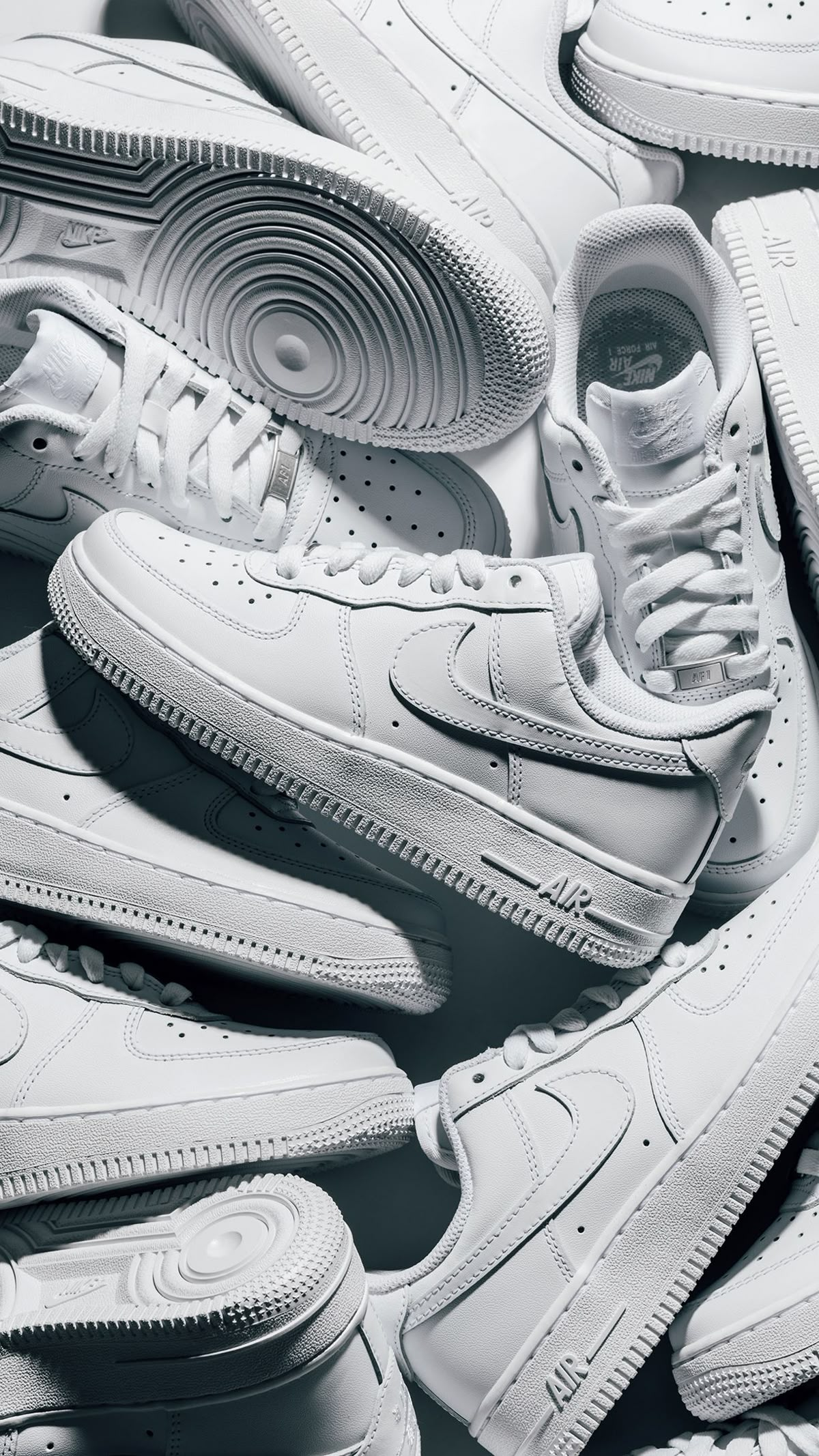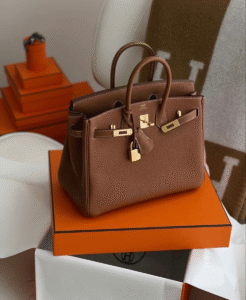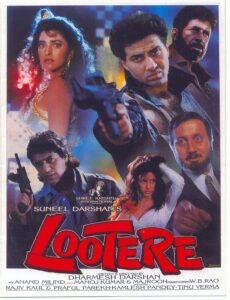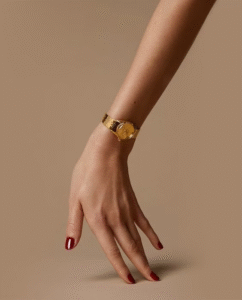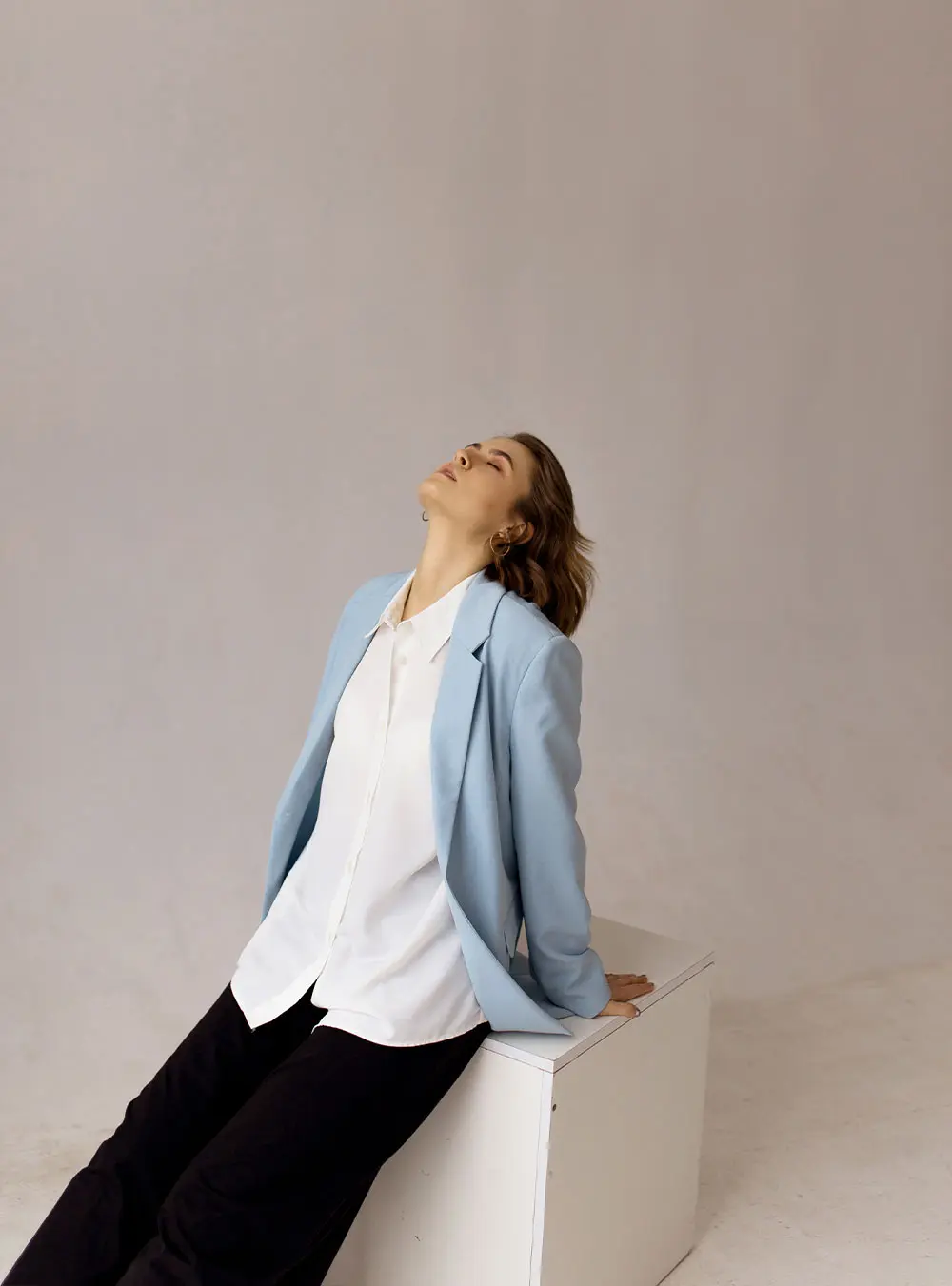Nike the multi-national sneaker corporation seems to be embroiled in one lawsuit after the other. The corporation has been known for opting aggressive legal strategy to protect its intellectual property.
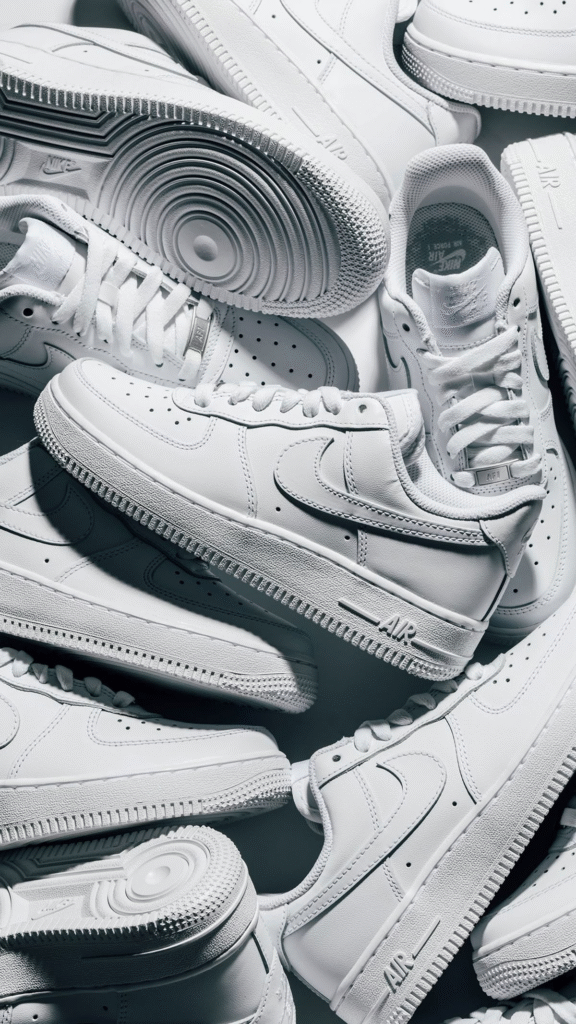
The corporation has on multiple instances filed lawsuits against other well-known brands as well as celebrities and even smaller retailers and resellers to protect their intellectual property. Given its popularity in the mainstream media and the continuous effort the brand puts in innovation and development of its products, it suffice to say, it would not want it to be diluted or shadowed by anyone and hence, does not shy away from sending legal notices.
Now, we can only speculate the reason behind such an aggressive legal tactic, in an industry which likes to steer away from the courts unless absolutely necessary.
One of the most obvious speculations is that it discourages others from attempting to “get inspired” by Nike products or intellectual property for the fear of being served with a legal notice of themselves. On the other hand, the brand’s tough attitude solidifies its interest in the intellectual property and also acts as an efficient way to create a buzz around the brand.
It’s sufficient to say that the brand must incur a considerable cost on legal expenses, but apparently it’s only the cost of popularity as infringers are attracted to copy its intellectual property, time and time again.
The following are the three lawsuits that Nike was embroiled in January 2023, in relation to the protection of its invaluable intellectual property across various mediums.
NIKE VERSUS LULULEMON: PRIMEKNIT TECH
On 30th January, Nike, Inc. filed an IP lawsuit against Lululemon USA Inc. seeking declaratory relief, injunctive relief and damages for the infringement of its registered Patents.
Nike claimed the infringement of three patents registered under its name i.e. U.S. Patent Nos. 8,266,749; 9,375,046; and 9,730,484, all of which dealt with Nike’s Flyknit technology.
These patents respectively protect
“the method of manufacturing an article of footwear with a textile element, where the textile element is simultaneously knitted with a surrounding textile structure, and the textile element has a knitted texture that differs from the knitted texture in the surrounding textile structure; an article with a textile element containing a plurality of webbed areas and tubular structures that are adjacent to each other and configured to stretch to move the webbed areas from a neutral position to an extended position when force is applied; an article of footwear with an upper including a flat-knitted element with a central portion having a domed, 3-D structure configured for extending over the top of a foot and that extends above the plane of a first and second side portion when in a flattened configuration.”

Nike claimed compensation “for the infringement but in no event less than a reasonable royalty as permitted under 35 U.S.C. § 284, together with prejudgment interest and post-judgment interest and costs.”
Furthermore, the sneaker/sportswear giant has also issues a public notice under “Section 287(A) of Title 35 of the United States Code” marking its products under its registered patent as well as virtually marking the products at ( http://www.nike.com/patentsvirtualmarking )
NIKE VERSUS BAPE
Nike on 25th January filed a lawsuit against USAPE LLC (BAPE) alleging infringement of its trade dress designs for its iconic Air Force 1, Air Jordan 1 and Dunk Sneakers. Nike claimed that BAPE’s current footwear designs revolved around imitations of Nike’s iconic trade dress designs.
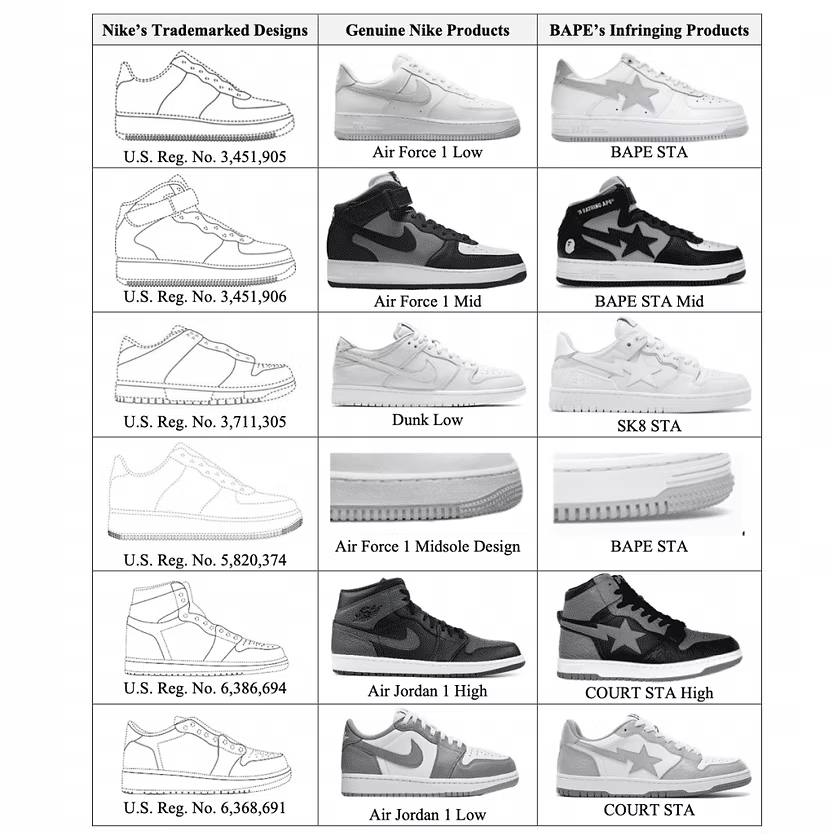
Nike claimed that BAPE’s infringing goods first appeared in the market in 2005, however the market presence of the infringing products was de minimis and inconsistent. Accordingly Nike stated that before 2021 BAPE’s infringing materials were not big enough to warrant a legal action. However, despite the minimal presence, Nike “contacted and met with BAPE in 2009” in order to confront BAPE regarding the piracy of Nike’s intellectual property.
Soon after BAPE went through drastic change in its ownership and management and for a while shifted its major business activities outside the U.S. hence putting Nike’s worries to rest.
Things changed in 2021, when BAPE “drastically increased the volume and scope of its infringement” as well as “rapidly increasing its physical presence” in the U.S. hence leading to an influx of infringing products in the market.

Nike has filed the lawsuit on the counts of Trademark Infringement in violation of 15 U.S.C. § 1114, false designation of origin/ unfair competition in violation of 15 U.S.C. § 1125(A), Common Law Trademark Infringement and Unfair Competition, Trademark Infringement under New York General Business Law § 133 & Dilution under New York General Business Law § 360-L.
JUST DAO IT
Nike has also filed for the opposition against the registration of mark “JUST DAO IT” applied by Tacvue, Inc. via application no. 97094874. The applicant company is a Chicago based tech company which revealed its intentions to use the mark in relation to “computer services, namely creating an online community for registered users, including gamers [and] NFT gurus to participate in discussions, get feedback from their peers, form virtual communities, engage in social networking, play games, etc.”
Nike claims that the infringing mark “JUST DAO IT” is confusingly similar to the “JUST DO IT” mark owned by Nike. Nike also claimed that its mark is not only limited to sneakers but also extends to the virtual world, since it has been using the slogan/mark “JUST DO IT” on social media to create a community and interact with its customers as well as in connection to “downloadable mobile applications” such as the NIKE RUN CLUB App “that offer social networking, community-building, and/or interactive feedback elements.”
Finally Nike supports its claims through its own virtual/web3 presence with regards to virtual goods and NFT’s as well as its pending trademark application no. 97096236 with the intent to use “JUST DO IT” mark for “downloadable virtual goods, namely, computer programs featuring footwear,” etc., “retail store services featuring virtual goods,” etc., and “entertainment services, namely, providing online, non-downloadable virtual footwear, clothing, etc.
It is pertinent to note that both Nike and Tacvue filed their metaverse/NFT-focused applications with the USPTO on the same day in October 2021.
Nike from the above example seems to be one of the best examples of active intellectual property creation and protection. It is highly imperative for successful and innovative corporations such as Nike to employ efficient legal teams in order to efficiently deal with any kind of possible dilution of the intellectual property. This is not only because a large sum of investment is pushed into the development and promotion of the IP involved, but also because it can cause huge material losses to the business and encourage other infringers to take advantage of inaction. Lastly it is equally important to understand that pursuing litigation is a costly and time consuming process, and therefore the brands should prioritise the magnitude of infringement, the damage or loss of reputation and thereby make a decision as to the urgency regarding any case.

